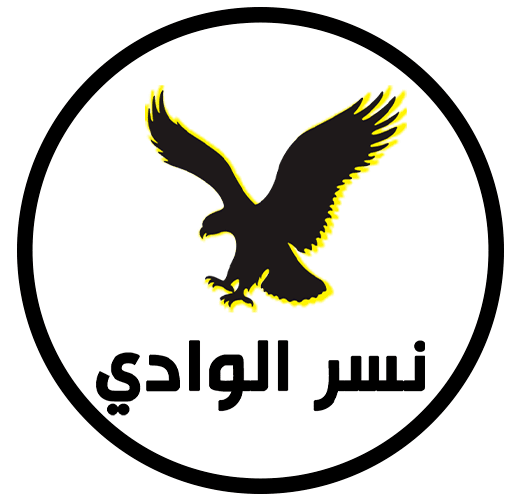Goldman to settle with SEC for $550 million
Goldman to settle with SEC for $550 million
WASHINGTON/NEW YORK |
WASHINGTON/NEW YORK (Reuters) - Goldman Sachs Group Inc agreed to pay $550 million to settle civil fraud charges over how it marketed a subprime mortgage product, ending months of negotiations that rattled the bank's clients and investors.
The U.S. Securities and Exchange Commission said the penalty was the largest ever for a financial institution, and leaves the door open for future civil suits.
But many investors viewed the $550 million settlement as just a slap on the wrist for a bank that earned more than $13 billion last year.
"They pay $550 million and they get an $800 million pop in their stock price ... they got off easy," said Kevin Caron, a market strategist at Stifel, Nicolaus & Co in Florham Park, New Jersey.
Goldman's shares rose more than 9 percent in late and after market trade to $152.20 on reports that the bank was close to settling and the actual announcement. The investment bank's market value had plunged by more than $25 billion since the SEC pressed charges on April 16.
The lawsuit shook Goldman's business to a much greater degree than executives at the firm had expected. Goldman executives have found themselves working harder than usual, meeting with clients and working to assure them that it is business as usual.
Major clients have generally stuck with Goldman, although some customers with large public profiles have been more cautious in working with the firm of late.
Investors and former employees have been speculating that Goldman Chief Executive Lloyd Blankfein may have taken a big enough hit to his credibility that his days at the helm of the firm are numbered.
DOOR STILL OPEN FOR MORE LITIGATION
The settlement leaves the door open for additional enforcement actions by the SEC and further investigation by federal prosecutors. The Department of Justice could still pursue criminal charges, although lawyers said that was unlikely.
The SEC said it planned to continue its lawsuit against Fabrice Tourre, the vice president at Goldman accused of putting the deal in question together.
And after settling with the SEC, Goldman must now fend of lawsuits from shareholders and other interested parties. Earlier this month, the investment bank asked a judge to combine 18 shareholder lawsuits in the wake of the SEC's charges.
The settlement could spur additional shareholder lawsuits against Goldman, said Jeffrey Plotkin, a former SEC lawyer who now is an attorney at law firm Day Pitney LLP in Hartford, Connecticut.
The SEC accused Goldman of creating and marketing a debt product linked to subprime mortgage bonds without telling investors that hedge fund Paulson & Co helped choose the underlying securities and was betting against them.
The transaction in question, known as ABACUS 2007-AC1, yielded about $1 billion of profit for Paulson, which was not accused of wrongdoing. But investors on the other side of the deal -- including Germany bank IKB and Royal Bank of Scotland -- lost about $150 million and $840 million, respectively.
A RARE ACKNOWLEDGEMENT
Goldman acknowledged as part of the settlement that its marketing materials were incomplete, which lawyers said was unusual. But it did not admit or deny the allegations. The settlement only resolves the issue of this transaction in particular.
Annemarie McAvoy, a Fordham University School of Law professor and a former federal prosecutor, said Goldman's acknowledgement could expose it to lawsuits.
"There was some language in there that certainly can be used against them," McAvoy said. "If there are other suits that will be brought, that certainly will be mentioned."
The Wall Street Journal reported late on Wednesday that Goldman had pressed regulators to agree to a global settlement, which would effectively have ended any SEC investigations into other collateralized debt obligations underwritten or marketed by the Wall Street firm.
Of the $550 million settlement, $250 million will be returned to harmed investors, and $300 million will go to the U.S. Treasury. Of the $250 million, $150 million will go to Germany's IKB, and $100 million will go to the Royal Bank of Scotland.
The settlement is subject to approval by a federal judge, which independent legal experts said was likely.
"I think it will be approved, given that two of the five SEC commissioners didn't think the case should have been brought at all," said Jonathan Macey, a securities and corporate law professor at Yale University Law School.
The fact that the commission was split was evidence to many on Wall Street and even at the SEC itself that the government had a weak case.
The SEC announced the settlement during a news conference in Washington. It was announced the same day Wall Street reform cleared Congress and headed to President Barack Obama for his signature.
SEC staffers told Goldman Sachs' management last year that they may recommend a lawsuit against the firm, but senior bank executives were still surprised when the lawsuit was filed in April.
Goldman Sachs was defiant and refused to negotiate a settlement with the regulator. But about a month after the fraud charges were filed, top Goldman officials, including the bank's chief financial officer David Viniar, started talking to the SEC.
"At some point they shifted their attitude," said one source familiar with the negotiations.
The lawsuit hinged on the narrow issue of whether Goldman failed to disclose relevant information to a client. Many competitors on Wall Street viewed the case as unreasonable.






































Post a Comment